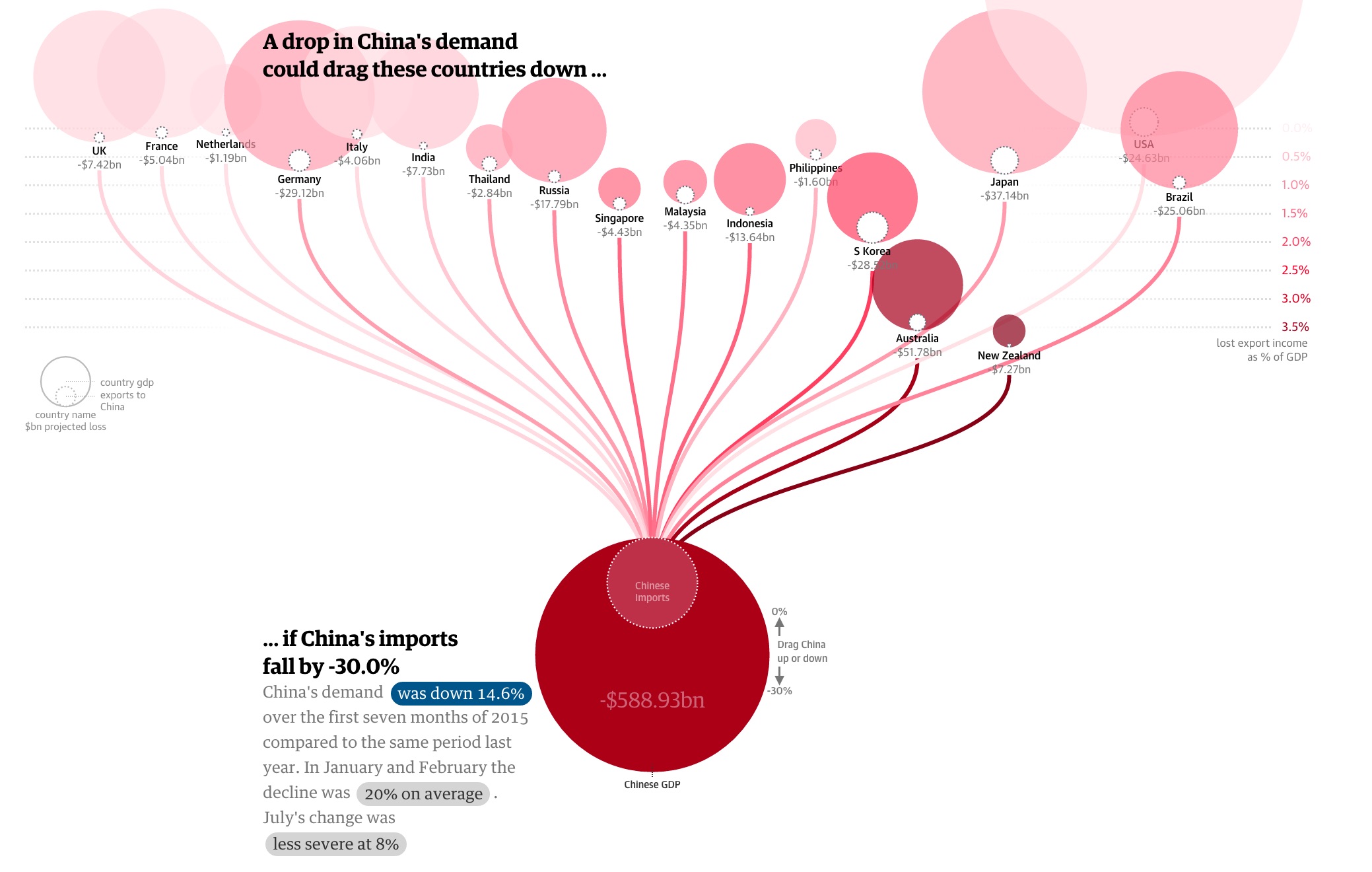
Introduction
This visualization was made by Dustin L. Arendt from the Pacific Northwest National Laboratory and Yanina Levitskaia from the University of Washington. The visualization won the award for Overall Excellence at an annual data visualization contest sponsored by the IEEE Visualization and Graphics Technical Committee (VGTC).
On the left side of the visualization, the author explained how the project was broken down, Overall ATC score vs. Gender vs. Major -> Top 2 tier score Analysis -> Outcome of students that were a good fit for computer science & engineering when they registered for ATC.
Impression
Upon first seeing this visualization, I was amazed by the complexity of the Sankey diagrams. However, I was having trouble interpreting the 3 diagrams. I continued to read the instructions on the left side and understood the datasets for the three diagrams and how to read the Sankey diagram.
What I Like About This
I like the fact that this visualization told a story. It stated the claim clearly at the title “Gender Discrepancies in Computer Science and Engineering”. And it examined data using ACT scores, an exam for high school students determining their eligibility for college.
What I Don’t Like About This
- I cannot find the data for the year of the ACT score and where the data was taken from. The amount of data (77,584) seemed to be a lot less than the 2.1 millions of students in 2016 reported by US News.
- Second, it is not clear to me what the author meant by “took the top 35 most common paths”. I concluded later that they meant by going to college and have a major.
- Third, in the description of the last graph on the visualization, the author stated the graph was the detailed analysis of 752 students that were deemed good fit for engineering when taking the ACT test. However, with their choice of major, it resulted in poor moderate or great fit at the end. What I found unclear here is how did the author come to the conclusion of which student final major is a poor, moderate, or a good one. Was it based on the student’s academic performance in their poor fit major or some other factors.
- Finally, the last graph on the visualization. The warrant the author tried to convey using this graph was that the rate of changing major for students who are good fits for computer science and engineering indicated in their ACT score and started as Engineering and Technology.
How I Would Improve
Overall, I really like the concept of this visualization and that it told a pretty convincing story. However, I would improve on explaining the data more clear, even just add the year and where the data was from. I would also explain how I reached a conclusion to classify various students into a poor, moderate, and good fit and the criteria used.
Reference
https://www.hcde.washington.edu/news/graduate-student-yanina-levitskaia-takes-first-place-in-data-visualization-contest
https://www.usnews.com/news/politics/articles/2016-08-24/bigger-numbers-of-high-school-grads-taking-act-college-test




